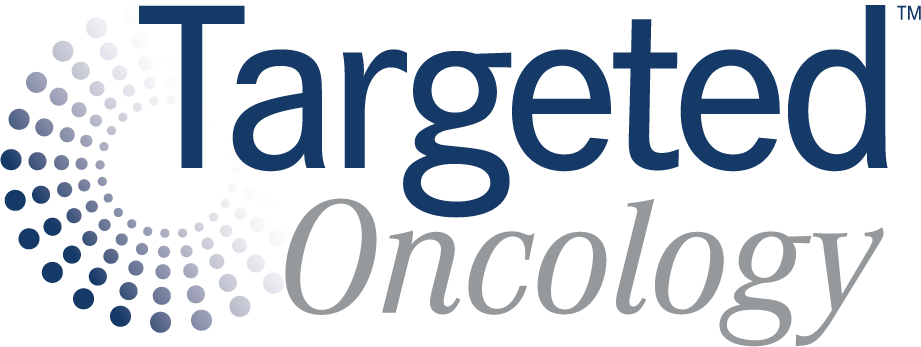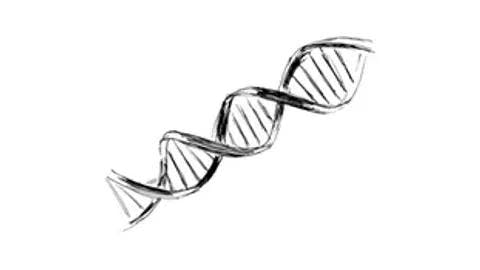Managing BsAb-Associated AEs in a Community Setting
One concern with bispecific antibody therapies in community settings is managing adverse events, with emerging patterns guiding management strategies.

ONE OF THE greatest concerns for providing bispecific antibody (BsAb) therapies in a community setting is recognizing and managing the associated adverse events (AEs), particularly when there is limited familiarity with these therapies. Although there are some differences among the AEs associated with BsAbs, patterns have emerged that help inform the development of management strategies.
“The more a clinician becomes familiar with the drugs and their AE profiles, the easier it will become to manage,” Ajay Nooka, MD, MPH, told Targeted Therapies in Oncology in an interview. Caitlin Costello, MD, echoed this sentiment: “With more time comes more strategy, and with more strategy comes more comfort.”
This final installment of this 3-part series will feature 2 perspectives on managing AEs associated with B-cell maturation antigen (BCMA)–targeted BsAbs for multiple myeloma in a community setting and how these compare with other BsAbs.
Parts 1 and 2 focused on best practices for implementing a BsAb program in a community setting and a forward-looking view of the new BsAb drugs undergoing evaluation, along with their potential impact.
The Big 4
BCMA BsAbs are a targeted approach for treating multiple myeloma, whereas GPRC5D BsAbs offer a spectrum of therapeutic possibilities. For BCMA- targeted BsAbs, Nooka, associate director of clinical research for Winship Cancer Institute of Emory University in Atlanta, Georgia, explained that the community must be aware of the 4 key elements he refers to as “The Big 4.” Nooka describes these as “2 AEs that occur very early in the treatment course and 2 AEs that occur later in the course.” The 2 AEs that occur early on are cytokine release syndrome (CRS) and immune effector cell–associated neurotoxicity syndrome (ICANS).
The inflammatory response observed with BCMA-targeted BsAbs is due to immune stimulation. However, contrary to the name T he Big 4, it’s important to understand that this response is more akin to a mini-CRS rather than the more severe CRS typically seen with chimeric antigen receptor T-cell therapies, he noted. Typically, only grade 1 or grade 2 CRS is observed.
For example, in clinical studies such as the MajesTEC-2 trial (NCT04722146) that led to the approval of teclistamab and the MagnetisMM-3 trial (NCT04649359) that led to the approval of elranatamab, the occurrence of high-grade CRS was extremely rare, Nooka pointed out.1,2 “In both these trials, totaling 300 patients combined, only 1 patient experienced grade 3 CRS,” Nooka said. In addition, with these BCMA- targeted BsAbs, grade 3 or 4 ICANS was never reported, he stated.
Returning to The Big 4, Nooka highlighted that the 2 AEs that tend to occur later in the treatment cycle are infections resulting from B-cell depletion and cytopenias, including neutropenia and thrombocytopenia.
“Neutropenia is very common,” Nooka said. “There is [also] no contraindication to administering granulocyte colony- stimulating factor [G-CSF].” Some people are concerned that G-CSF might increase the risk of CRS, but CRS typically occurs early in treatment. By the time G-CSF is given, CRS is no longer a concern, Nooka explained.
For thrombocytopenia, it is important to first determine whether it is related to the disease or the drug, Nooka said. “If it is due to the drug, hold the treatment. If it is related to the disease, continue the treatment and provide growth factor support.”

Guarding Against Infection
Infection risk requires vigilance, Nooka explained. BCMA is present on most B cells, and BCMA-directed BsAbs deplete these cells, significantly increasing the risk of infections and making grade 3 infections common. To guard patients against infection, Nooka recommended that patients be adequately vaccinated and receive antiviral prophylaxis. Anti–Pneumocystis jirovecii pneumonia prophylaxis is essential, with close monitoring for viral reactivations. Nooka added that he administers intravenous immunoglobulin monthly, regardless of the patient’s immunoglobulin levels.
Nooka describes these as “layers of security” to help protect patients from infections. With these measures, the incidence of infections decreases, and grade 3 and 4 infections typically remain below 10%, Nooka explained. However, whenever a patient presents with a fever, “we must always consider the possibility of an infection, investigate thoroughly, and maintain a low threshold for starting antibiotics,” he said.
Prophylactic Tocilizumab
A study evaluated the use of prophylactic tocilizumab (Actemra) to reduce CRS and facilitate outpatient administration of teclistamab-cqyv (Tecvayli) in patients with relapsed/refractory multiple myeloma.3 Results showed that prophylactic tocilizumab significantly decreased the incidence and severity of CRS, comparable to the MajesTEC-1 trial (NCT04557098, NCT03145181), with 26.3% of patients experiencing CRS (mostly grade 1) vs 73.3% in the nonprophylactic group.4 The method also reduced the need for steroids, prevented dose delays, and avoided hospital readmissions without compromising the agent’s efficacy.3 The overall response rate in patients with assessable responses was 70%, with 50% of the 30 assessable patients achieving a very good partial response or better.
Patterns Across Approved BsAbs
There are more and more strategies being assessed to help prevent CRS and ICANS, but “the first step is being aware of the signs and symptoms of AEs associated with BsAbs in order to recognize them and be ready to manage them as they occur,” Costello said.
Every BsAb has a very specific dosing schedule and frequency, explained Costello, associate professor of medicine at UC San Diego Health in California. However, Costello explained that, for the most part, the step-up dosing phase bears the highest risk for a patient to develop CRS or ICANS. “Give or take a few percentage points, the response rates and the likelihood of CRS with the approved BsAb products currently available are quite similar. There may be some subtle differences in terms of which doses are more likely to trigger CRS, but it is all during that predefined step-up dosing phase,” she said.
The Hybrid Approach
Nooka recommended that community oncologists “get their feet wet first” by caring for a patient after the initial doses (eg, the hybrid approach). This entails collaborating with an academic center that administers the initial step-up doses for the first month or two, and then the patient transitions to a community center for the continuation phase. Once the clinician team is comfortable, the next step is to become familiar with the initial step-up dosing, Nooka explained.
Many institutions, including both academic and community practices, have started offering BsAbs in the inpatient setting, where the environment is more controlled and all resources are available, Costello explained. Here, one can develop a comfort level for the process and develop that same set of resources and infrastructure that can then be transitioned to the outpatient setting, but it requires a careful, multidisciplinary approach, Costello said. She encourages a multidisciplinary approach that comprises doctors, advanced practitioners, nursing staff, and pharmacy colleagues with a prepared plan or protocol for how to take care of these patients when these AEs occur.
“As more and more local community settings become more comfortable [with offering BsAbs], I think we will see more and more patients starting to receive step-up dosing, and this overall process and comfort level will continue to evolve,” Costello said.
REFERENCES
1. Searle E, Quach H, Wong S, et al. Single cohort results from MajesTEC-2: teclistamab (TEC) in combination with subcutaneous daratumumab (DARA) and lenalidomide (LEN) in patients with multiple myeloma (MM). Hemasphere. 2023;7(suppl 2):27. doi:10.1097/01.HS9.0000936248.01150.e8
2. FDA grants accelerated approval to elranatamab-bcmm for multiple myeloma. FDA. August 14, 2023. Accessed December 23, 2024. https://www.fda.gov/drugs/resources-information-approved-drugs/fda-grants-accelerated-approval-elranatamab-bcmm-multiple-myeloma
3. Scott SA, Marin EM, Maples KT, et al. Prophylactic tocilizumab to prevent cytokine release syndrome (CRS) with teclistamab: a single-center experience. Blood Cancer J. 2023;13(1):191. doi:10.1038/s41408-023-00963-y
4. Moreau P, Garfall A, van de Donk NWCJ, et al. Teclistamab in relapsed or refractory multiple myeloma. N Engl J Med. 2022;387(6):495-505. doi:10.1056/nejmoa2203478











